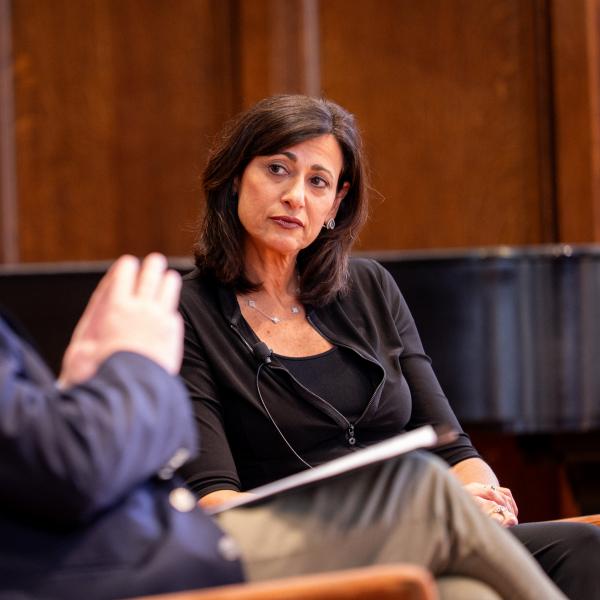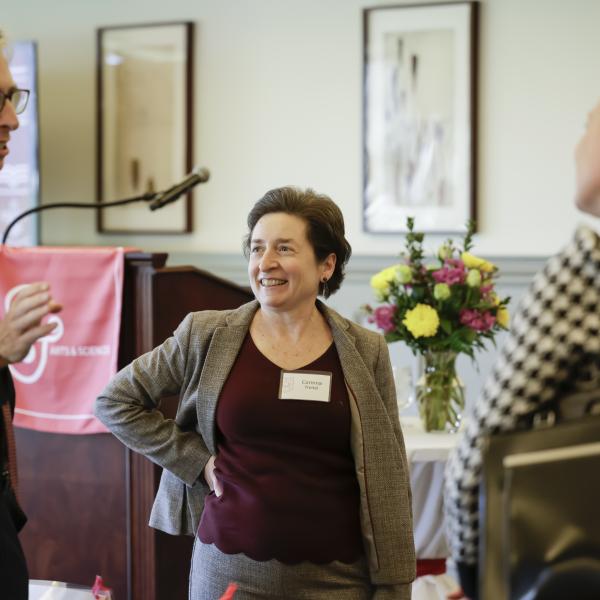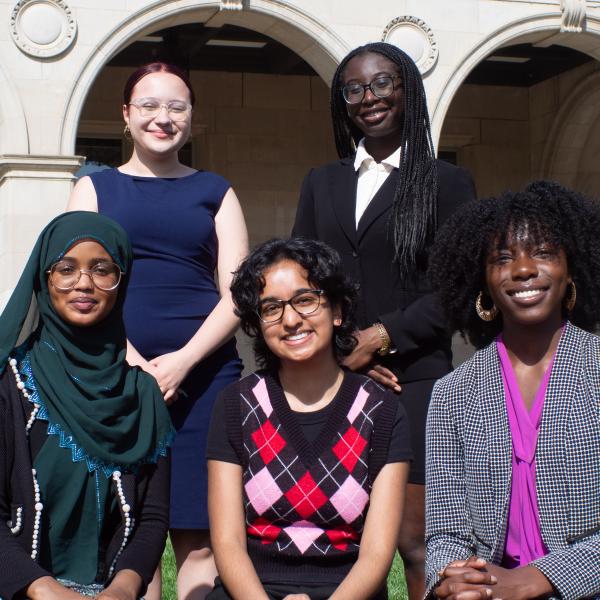Joanna Dee Das is an assistant professor of dance in WU’s performing arts department. In her new book, Katherine Dunham: Dance and the African Diaspora (Oxford University Press), she explores the life and work of Katherine Dunham (1909-2006), the pioneering dancer, choreographer, teacher, writer, and activist, who used dance in the struggle for racial justice.
A native of Glen Ellyn, Illinois, Dunham was interested in dance and performance from an early age. She studied anthropology at the University of Chicago and in 1935 traveled to the Caribbean to conduct ethnographic research, with a focus on dance traditions—a trip that influenced her work as a performer. Dunham founded a groundbreaking black dance troupe, which toured for nearly three decades, beginning in the 1930s. She also established a number of schools, including the Performing Arts Training Center in East St. Louis.
Das has lectured widely on Dunham’s contributions as a dancer and an activist. She’ll discuss her new book at a Library Faculty Book Talk on September 28 at 4:30 p.m. in the Formal Lounge of the Ann W. Olin Women’s Building. A reception will follow the talk, and books will be available for purchase. The event is sponsored by WU Libraries.
We recently caught up with Das for a q-and-a about Dunham’s career and legacy.
You write that Dunham brought “dance into the conversation about how to build a sustainable cultural foundation for political activism.” For Dunham, how did dance function in the context of political activism?
Dunham came of age during the New Negro Movement, in which her peers were advocating for the use of poetry, literature, music, and theater to push for racial equality. She was determined to bring dance into that matrix. She took a fusion approach to her choreography, bringing together her training in ballet and Euro-American modern dance with movements and aesthetic approaches she had learned in the Caribbean. This choreographic mode accomplished two goals: one, it demonstrated that black dancers could perform in the genres deemed “high art,” and two, that black cultural practices had a place in that high art realm.
Dunham’s choreography was not just about convincing white America that African Americans were equal; it was also about demonstrating to black America the cultural richness and connectivity of the African diaspora. Her dance productions featured between 15 and 20 short dances set in places throughout the African diaspora, with her choreographic aesthetic as a thread that linked the dances together. Coupled with her husband John Pratt’s sets and costumes, the shows enveloped audiences in a worldview that placed black culture at the center. Her shows helped African Americans see themselves not as an oppressed minority, but rather as part of a global majority.
What do you consider Dunham’s most important legacy?
Dunham has many legacies, and which one is most important depends on the current moment. If you asked me this question ten years ago, I would say that it was her dance technique, which greatly influenced the development of modern and jazz dance.
Now I think it is her artistic activism, and in particular, her internationalism. We are in a political moment that threatens to divide us—by race, by nationality, by ethnic identity—and Dunham was firmly committed to finding the connections among people and building community that respected, even celebrated, people’s differences even as they came together. I can think of no better model than Dunham for how one should navigate the world today.
Continue reading the full article on the WashU Libraries website.



